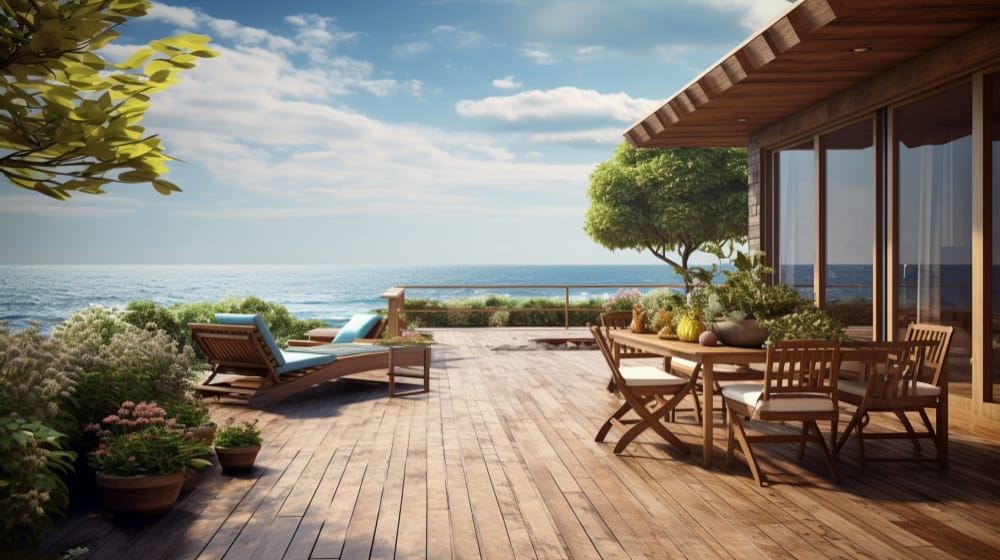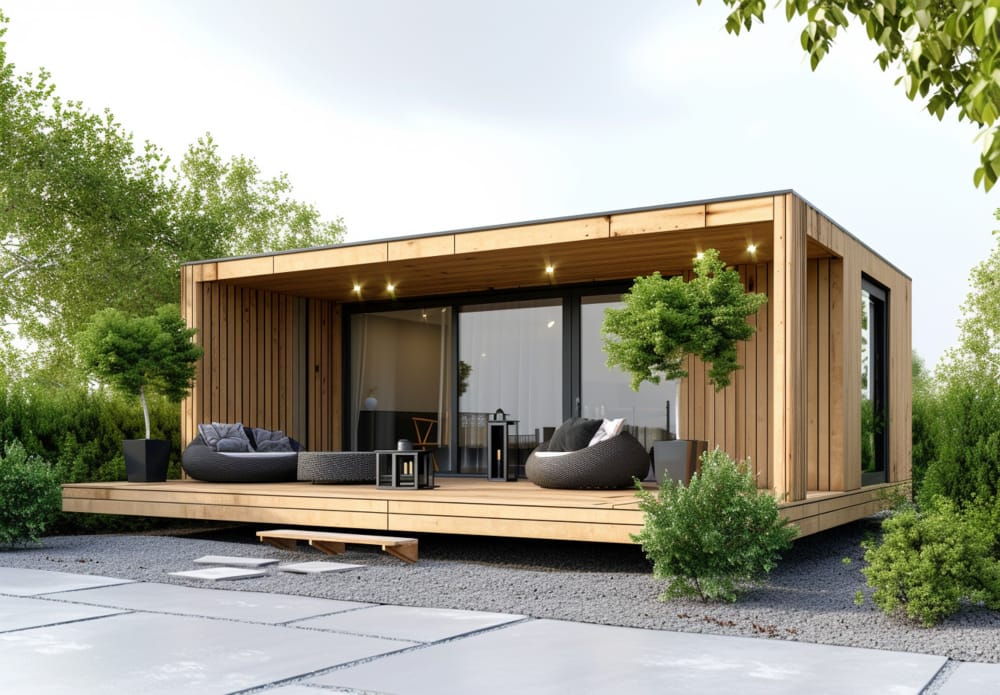Smart Choices in ADU Construction: Data That Saves You Money

California’s housing market continues to push homeowners toward creative solutions for space and income. ADU Construction (Accessory Dwelling Units) is one of the fastest-growing options, with thousands of permits issued statewide each year. But while demand is high, many worry about cost. The good news? Data shows there are smart strategies to reduce expenses while still achieving long-term value.
The Rising Popularity of ADUs
According to the California Department of Housing and Community Development, over 20,000 ADU permits were issued in 2022 alone, a sharp increase compared to just 1,000 a decade ago. Homeowners are realizing that ADUs not only provide space for family or rental income but also improve overall property values by an estimated 20–30%.
However, costs vary widely. A detached ADU in California can range from $150,000 to $350,000, depending on size, design, and materials. The challenge is finding ways to bring those numbers down without compromising livability.
Where the Money Goes
A breakdown of typical ADU expenses reveals where budgets often get stretched:
Expense Category | % of Total Cost | Notes |
|---|---|---|
Site Preparation & Permits | 10–15% | Includes fees, surveys, and utilities |
Foundation & Framing | 20–25% | Higher for detached ADUs |
Finishes & Fixtures | 25–30% | Kitchens, baths, flooring |
Labor Costs | 30–35% | Skilled trades, general contractor |
Contingency | 5–10% | Unplanned expenses |
With finishes and labor taking up the largest share, these are the areas where homeowners can make impactful savings.

Smart Money-Saving Strategies
- Keep the Layout Simple
Data from construction case studies shows that straightforward designs reduce costs by up to 20%. Complex rooflines or custom shapes significantly increase labor hours.
- Consider Prefabricated ADUs
Prefab or modular ADUs can lower construction costs by 15–25% and cut build times nearly in half. For families looking for quicker occupancy, this option is increasingly attractive.
- Material Substitutions
Replacing high-end finishes with cost-effective alternatives saves thousands:
- Quartz-look laminate vs. natural stone countertops (savings: $4,000+)
- Luxury vinyl plank vs. hardwood flooring (savings: $3–5 per sq. ft.)
- Stock cabinetry vs. custom-built units (savings: 30–50%)
- Energy Efficiency Pays Off
While efficient windows, insulation, and appliances add upfront cost, they reduce annual utility bills by 20–30%. Over 10 years, this can save homeowners $10,000 or more.
The “Cheap vs. Smart” Debate
Searching for cheap adu options is common, but cutting corners too aggressively often results in higher repair and maintenance costs later. The smarter approach is balancing affordability with durability, ensuring the ADU adds value for decades.
For instance, opting for slightly more expensive but durable vinyl plank flooring will last far longer than low-grade carpet, reducing replacement costs in the future.
Case Study: Sacramento Homeowner
A Sacramento family built a 500-square-foot ADU for $185,000 by:
- Choosing a simple one-bedroom layout.
- Using prefab wall panels to save on labor.
- Selecting laminate countertops and stock cabinets.
- Installing energy-efficient mini-split systems.
The project came in 20% under the average cost, and their rental income covers nearly half the mortgage each month.
Final Thoughts
ADU Construction doesn’t have to drain your finances. By relying on data, understanding where the biggest expenses lie, and making strategic material and design choices, homeowners can keep costs under control while still reaping the benefits of added space and property value.
The key takeaway: affordability is possible — but only if you plan smart, not just cheap.
